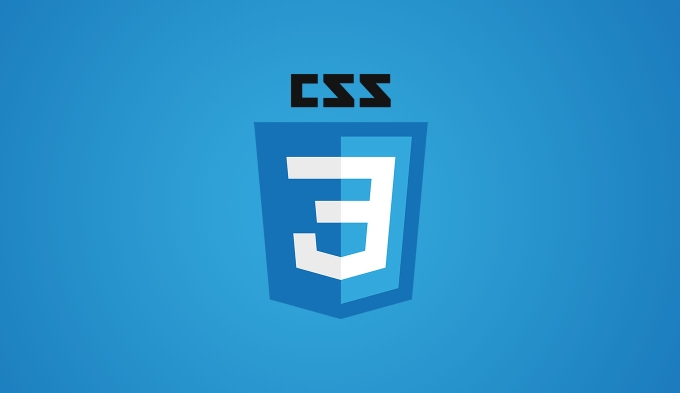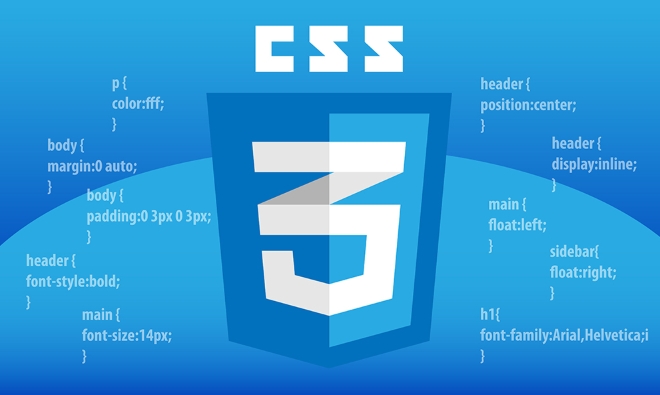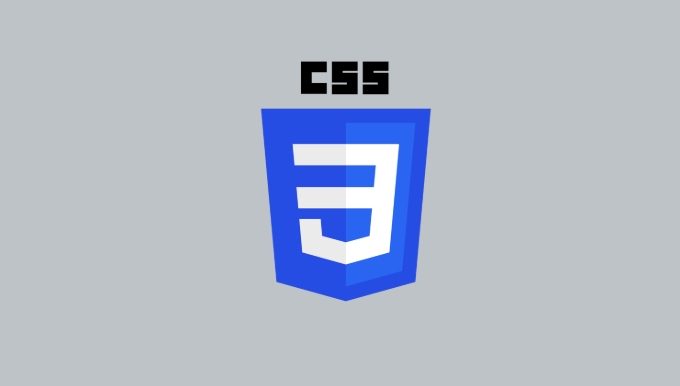CSS container queries allow styling elements based on their container's size. 1. Container queries work by defining a container with container-type, then using @container rules to apply styles based on that container's dimensions. 2. Developers can also name containers with container-name for better readability. 3. They enable responsive components that adapt to their own space, useful for cards, toolbars, and dynamic layouts. 4. Browser support is strong in modern browsers, though fallbacks may be needed for older ones. 5. Gotchas include only querying inline size by default, avoiding naming conflicts, and preventing overuse for maintainability.

CSS container queries let you style elements based on the size of their container, not the entire viewport. This is a big deal because it gives developers more control over how components behave in different layouts.

Before container queries, media queries were the go-to tool, but they only respond to the viewport size. That works for global layout changes, but not for individual components that might appear in different sizes depending on where they're placed.
How do container queries work?
To use a container query, you first need to define an element as a container. This is done using the container-type property:

.widget {
container-type: inline-size;
}Once an element is a container, you can write a @container rule in your CSS to apply styles based on its size:
@container (min-width: 400px) {
.widget {
font-size: 20px;
}
}This means the .widget will only get that font size when its container is at least 400px wide — not the whole page.

You can also name your containers for better readability:
.widget {
container-name: sidebar-card;
}
@container sidebar-card (min-width: 400px) {
/* Styles here */
}Why container queries are useful
They make responsive components possible. Think of a card component that appears in different parts of a site — sometimes full-width, sometimes in a sidebar or grid. With container queries, the card can adapt to its own space, not just the screen size.
This leads to cleaner code and more modular design systems. You don’t have to write special classes for every layout variation — the component just responds to its environment.
Some real-world uses:
- Adjusting font sizes or layout inside cards
- Switching between horizontal and vertical layouts for toolbars
- Hiding or showing elements based on container space
Browser support and current status
Container queries are well-supported in modern browsers like Chrome, Edge, and Safari (as of late 2023). Firefox added support in version 110. If you're building a new site or app and don’t need to support very old browsers, you can start using them today.
If you're working on a project that needs broader compatibility, you may want to:
- Use feature detection (
@supports) - Provide fallback styles
- Consider JavaScript-based solutions for now
A few gotchas to watch for
- You can only query the inline size of a container unless you use
container-type: size, which is less widely supported. - Container names must be unique within a document.
- Overusing container queries can lead to complex, hard-to-debug styles — use them where it makes sense.
Also, keep in mind that nested containers will respond to their immediate parent’s size, which can be powerful but also tricky if not planned well.
So, basically, container queries give components the ability to be smart about their surroundings. They're not a replacement for media queries, but they're a big step forward in building flexible, reusable UI elements.
The above is the detailed content of What are CSS container queries?. For more information, please follow other related articles on the PHP Chinese website!

Hot AI Tools

Undress AI Tool
Undress images for free

Undresser.AI Undress
AI-powered app for creating realistic nude photos

AI Clothes Remover
Online AI tool for removing clothes from photos.

Clothoff.io
AI clothes remover

Video Face Swap
Swap faces in any video effortlessly with our completely free AI face swap tool!

Hot Article

Hot Tools

Notepad++7.3.1
Easy-to-use and free code editor

SublimeText3 Chinese version
Chinese version, very easy to use

Zend Studio 13.0.1
Powerful PHP integrated development environment

Dreamweaver CS6
Visual web development tools

SublimeText3 Mac version
God-level code editing software (SublimeText3)
 CSS tutorial for creating loading spinners and animations
Jul 07, 2025 am 12:07 AM
CSS tutorial for creating loading spinners and animations
Jul 07, 2025 am 12:07 AM
There are three ways to create a CSS loading rotator: 1. Use the basic rotator of borders to achieve simple animation through HTML and CSS; 2. Use a custom rotator of multiple points to achieve the jump effect through different delay times; 3. Add a rotator in the button and switch classes through JavaScript to display the loading status. Each approach emphasizes the importance of design details such as color, size, accessibility and performance optimization to enhance the user experience.
 Addressing CSS Browser Compatibility issues and prefixes
Jul 07, 2025 am 01:44 AM
Addressing CSS Browser Compatibility issues and prefixes
Jul 07, 2025 am 01:44 AM
To deal with CSS browser compatibility and prefix issues, you need to understand the differences in browser support and use vendor prefixes reasonably. 1. Understand common problems such as Flexbox and Grid support, position:sticky invalid, and animation performance is different; 2. Check CanIuse confirmation feature support status; 3. Correctly use -webkit-, -moz-, -ms-, -o- and other manufacturer prefixes; 4. It is recommended to use Autoprefixer to automatically add prefixes; 5. Install PostCSS and configure browserslist to specify the target browser; 6. Automatically handle compatibility during construction; 7. Modernizr detection features can be used for old projects; 8. No need to pursue consistency of all browsers,
 What is the difference between display: inline, display: block, and display: inline-block?
Jul 11, 2025 am 03:25 AM
What is the difference between display: inline, display: block, and display: inline-block?
Jul 11, 2025 am 03:25 AM
Themaindifferencesbetweendisplay:inline,block,andinline-blockinHTML/CSSarelayoutbehavior,spaceusage,andstylingcontrol.1.Inlineelementsflowwithtext,don’tstartonnewlines,ignorewidth/height,andonlyapplyhorizontalpadding/margins—idealforinlinetextstyling
 Creating custom shapes with css clip-path
Jul 09, 2025 am 01:29 AM
Creating custom shapes with css clip-path
Jul 09, 2025 am 01:29 AM
Use the clip-path attribute of CSS to crop elements into custom shapes, such as triangles, circular notches, polygons, etc., without relying on pictures or SVGs. Its advantages include: 1. Supports a variety of basic shapes such as circle, ellipse, polygon, etc.; 2. Responsive adjustment and adaptable to mobile terminals; 3. Easy to animation, and can be combined with hover or JavaScript to achieve dynamic effects; 4. It does not affect the layout flow, and only crops the display area. Common usages are such as circular clip-path:circle (50pxatcenter) and triangle clip-path:polygon (50%0%, 100 0%, 0 0%). Notice
 Styling visited links differently with CSS
Jul 11, 2025 am 03:26 AM
Styling visited links differently with CSS
Jul 11, 2025 am 03:26 AM
Setting the style of links you have visited can improve the user experience, especially in content-intensive websites to help users navigate better. 1. Use CSS's: visited pseudo-class to define the style of the visited link, such as color changes; 2. Note that the browser only allows modification of some attributes due to privacy restrictions; 3. The color selection should be coordinated with the overall style to avoid abruptness; 4. The mobile terminal may not display this effect, and it is recommended to combine it with other visual prompts such as icon auxiliary logos.
 How to create responsive images using CSS?
Jul 15, 2025 am 01:10 AM
How to create responsive images using CSS?
Jul 15, 2025 am 01:10 AM
To create responsive images using CSS, it can be mainly achieved through the following methods: 1. Use max-width:100% and height:auto to allow the image to adapt to the container width while maintaining the proportion; 2. Use HTML's srcset and sizes attributes to intelligently load the image sources adapted to different screens; 3. Use object-fit and object-position to control image cropping and focus display. Together, these methods ensure that the images are presented clearly and beautifully on different devices.
 What are common CSS browser inconsistencies?
Jul 26, 2025 am 07:04 AM
What are common CSS browser inconsistencies?
Jul 26, 2025 am 07:04 AM
Different browsers have differences in CSS parsing, resulting in inconsistent display effects, mainly including the default style difference, box model calculation method, Flexbox and Grid layout support level, and inconsistent behavior of certain CSS attributes. 1. The default style processing is inconsistent. The solution is to use CSSReset or Normalize.css to unify the initial style; 2. The box model calculation method of the old version of IE is different. It is recommended to use box-sizing:border-box in a unified manner; 3. Flexbox and Grid perform differently in edge cases or in old versions. More tests and use Autoprefixer; 4. Some CSS attribute behaviors are inconsistent. CanIuse must be consulted and downgraded.
 Demystifying CSS Units: px, em, rem, vw, vh comparisons
Jul 08, 2025 am 02:16 AM
Demystifying CSS Units: px, em, rem, vw, vh comparisons
Jul 08, 2025 am 02:16 AM
The choice of CSS units depends on design requirements and responsive requirements. 1.px is used for fixed size, suitable for precise control but lack of elasticity; 2.em is a relative unit, which is easily caused by the influence of the parent element, while rem is more stable based on the root element and is suitable for global scaling; 3.vw/vh is based on the viewport size, suitable for responsive design, but attention should be paid to the performance under extreme screens; 4. When choosing, it should be determined based on whether responsive adjustments, element hierarchy relationships and viewport dependence. Reasonable use can improve layout flexibility and maintenance.






